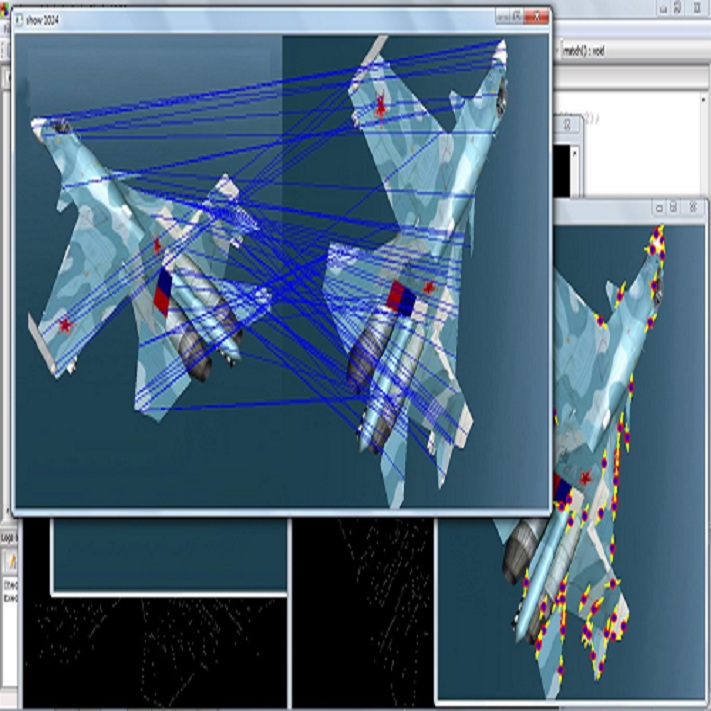Finding a realistic deformation that transforms one image into another, in case large deformations are required, is considered a key challenge in medical image analysis. Having a proper image registration approach to achieve this could unleash a number of applications requiring information to be transferred between images. Clinical adoption is currently hampered by many existing methods requiring extensive configuration effort before each use, or not being able to (realistically) capture large deformations. A recent multi-objective approach that uses the Multi-Objective Real-Valued Gene-pool Optimal Mixing Evolutionary Algorithm (MO-RV-GOMEA) and a dual-dynamic mesh transformation model has shown promise, exposing the trade-offs inherent to image registration problems and modeling large deformations in 2D. This work builds on this promise and introduces MOREA: the first evolutionary algorithm-based multi-objective approach to deformable registration of 3D images capable of tackling large deformations. MOREA includes a 3D biomechanical mesh model for physical plausibility and is fully GPU-accelerated. We compare MOREA to two state-of-the-art approaches on abdominal CT scans of 4 cervical cancer patients, with the latter two approaches configured for the best results per patient. Without requiring per-patient configuration, MOREA significantly outperforms these approaches on 3 of the 4 patients that represent the most difficult cases.
翻译:在需要大规模变形的情况下,寻找将一个图像变形为另一个图像的现实变形,被认为是医学图像分析中的一项关键挑战。要做到这一点,适当的图像登记方法可能会释放出许多需要图像之间传递信息的应用程序。临床采用目前受到许多现有方法的阻碍,这些方法需要在每次使用之前进行广泛的配置努力,或者无法(现实地)捕捉巨大的变形。最近的一种多目标方法,即使用多目标真实有价真价实的基因集合最佳混合混合进化变异(MO-RV-GOMAA)和双动力型网状图像变异模式,显示了希望,暴露了图像登记问题所固有的交易和2D中大规模变形模型的模型。这项工作以这一承诺为基础,并引入了更多A:第一个基于演进算的多目标方法,对能够处理大变形变形的3D图像进行可变形登记。 MOEA包括一个3D生物机械模拟模型,用于物理直观性变异性,并且完全用于GPU-ELECT的病人变形模型。我们把大多数的宫颈型病人的变形方法比起来,而不需要对两州变型的4级的癌症的4-A结果进行。我们对4-A的变形模型进行两次的固定式的固定式的固定式的固定式的固定式研究。</s>





